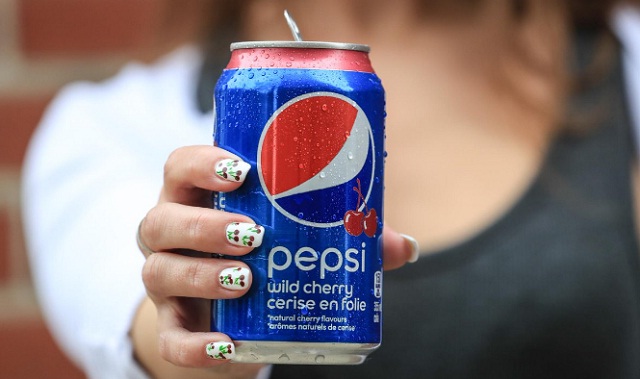
How enabling innovation could offer on lessons on how Crystal Pepsi could have been saved
COMMENT | KYLE MURRAY | We tend to think that innovation is driven by new discoveries or advances in technology. Yet the problem with new products is often not an engineering challenge, but a psychological one.
In fact, it seems to be much easier to develop a new product than it is to find people who are willing to buy it. In the consumer packaged-goods business alone, approximately 33,000 new products are introduced every month (Mintel Global New Products Database). Too many of them fail.
Crystal Pepsi is a classic example.
Almost 25 years ago, Pepsi introduced a new clear cola, believing it would quickly grow to be a billion-dollar brand. They named it Crystal Pepsi because it was bottled without the dye that gives standard Pepsi its caramel hue.
The new product was launched in 1993 with a Super Bowl commercial claiming: “You’ve never seen a taste like this,” accompanied by Van Halen’s hit song `Right Now’.
Unfortunately for Pepsi, consumers weren’t buying it — not “right now,” not weeks or months later. By 1995, the product was discontinued.
In hindsight, pundits have argued that Crystal Pepsi failed, in large part, because no explanation was given for its atypical colour. The company didn’t help consumers make sense of the new product and, in turn, consumers rejected it.
Too weird?
Stories like this are surprisingly common.
Although innovation is critical to economic growth and societal progress, novel products too rarely succeed. Even a single atypical feature is often enough for consumers to reject something as too weird.
There have been countless examples of such failures, ranging from Orbitz soda to Ford’s Edsel.
Orbitz soda didn’t catch on because consumers felt uncomfortable drinking a beverage with colourful edible candy balls inside the bottle —it looked like a lava lamp.
The Edsel was rejected by consumers because of its odd body styling and unusual push button start (sometimes what seems strange is just ahead of its time).
We tend to resist products that fall too far outside the familiar. As a result, even though companies are constantly innovating, people struggle to keep up with the many changes that innovation can bring. This is a challenge for innovators and entrepreneurs — one that can be met with a better understanding of the psychology that underlies our natural response to radical novelty.
Why the resistance?
In a series of recent studies, my co-authors — Theodore Noseworthy and Fabrizio Di Muro — and I investigated why this happens.
At the risk of oversimplification, we found that consumers tend to be curious when products are different from what they expect. However, when the new product is extremely incongruent with what consumers think is typical of the category, it creates anxiety.
Consider, for example, replacing your current coffee with one that has vitamins added. That idea makes most people a little uncomfortable. In our research, we didn’t just ask people how they felt, we evaluated their reactions by measuring their pulse rate and skin conductance response (small changes in the amount of secretion from sweat glands).
The bottom line? They weren’t happy. People get anxious when products are too radically atypical.
That led us to test an idea we had about how to improve consumer response to extremely incongruent new products. In a series of laboratory and field studies, we demonstrated that companies could use “enablers” to make new product designs seem less radical.
In our research, an enabler was a product feature that helped consumers make sense of another, otherwise extreme, feature. For example, we found that people were more willing to accept vitamin-enriched coffee that was coloured green.
 The Independent Uganda: You get the Truth we Pay the Price
The Independent Uganda: You get the Truth we Pay the Price



